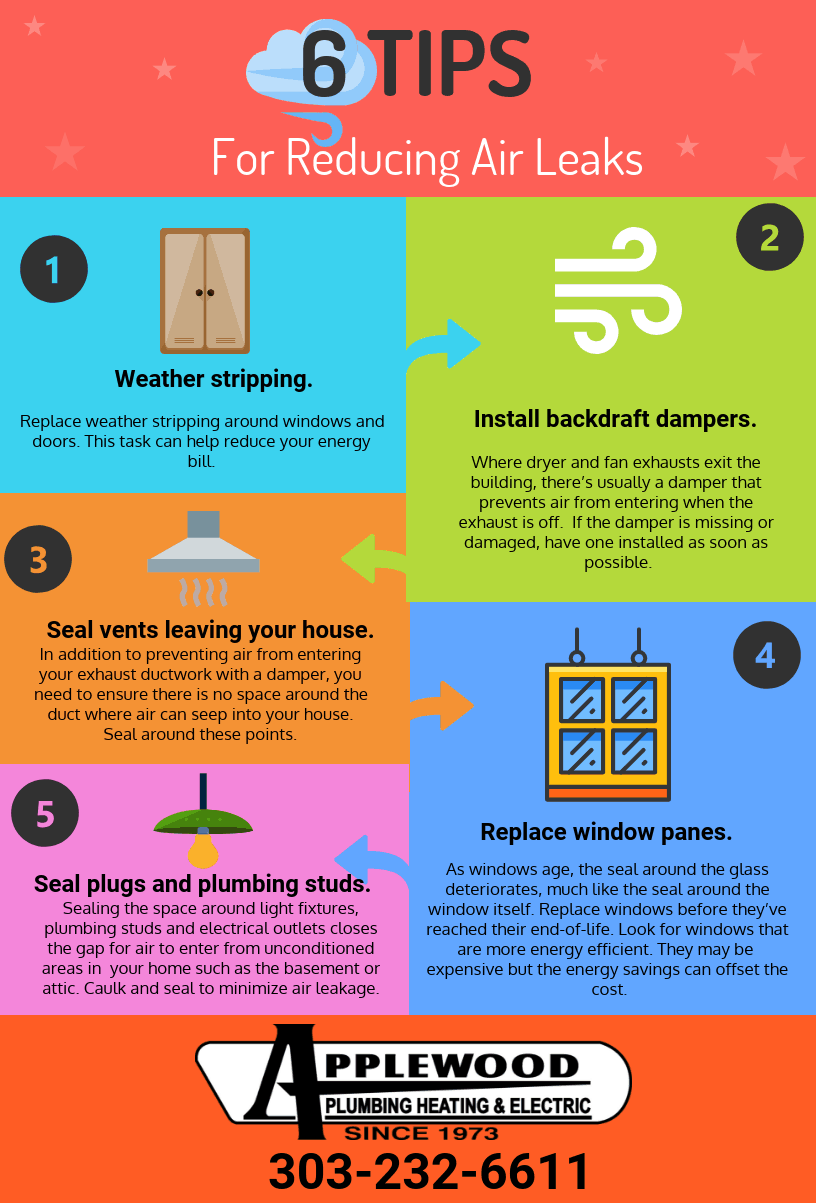Optimum Stress Cleaning Strategies For Different Sorts Of Surface Areas
Optimum Stress Cleaning Strategies For Different Sorts Of Surface Areas
Blog Article
Developed By-Hyde Markussen
When it comes to pressure cleaning, the method you pick can make all the difference in accomplishing a tidy, streak-free finish. You may locate that hard surface areas, like concrete, require a various approach than softer materials, such as timber or plastic. It's vital to adapt your techniques to the surface area kind to stop damage while making best use of cleansing efficiency. So, what are the very best strategies for every surface, and exactly how can you ensure you're utilizing the ideal setups and devices for the task? Let's discover what you require to recognize to obtain the best results.
Difficult Surface areas
When it concerns press cleaning difficult surfaces, prep work is vital. Before you also think of pulling out the pressure washer, put in the time to remove the location of any type of debris, furniture, or obstacles. You don't want anything entering your means or possibly destructive your equipment.
Next, examine the surface area for any fractures or damages; this will certainly help you establish the appropriate method and stress setups.
Once you have actually prepared the location, it's important to pick the right nozzle. For tough surface areas like concrete or block, a narrow nozzle (15 or 25 degrees) works best to supply a focused stream of water that can efficiently eliminate grime and stains. Constantly begin at a distance and slowly move more detailed to prevent any surface damage.
As you start washing, keep the wand moving to protect against streaks and over-saturation. It's likewise useful to function from the top down, enabling dust and debris to wash away normally.
Finally, bear in mind to rinse the surface extensively after cleaning to get rid of any type of leftover cleaning agent. With these strategies, you'll attain a clean and renewed look on all your difficult surfaces.
Soft Surfaces
Stress washing soft surfaces calls for a gentler strategy to protect them from damage. Whether you're cleaning your deck, outdoor patio furnishings, or exterior siding, utilizing way too much stress can lead to dents, scratches, or even permanent damage.
Beginning by choosing a low-pressure nozzle, ideally a 25-degree or wider spray pattern, to spread the water much more carefully.
Prior to you begin, it's essential to pre-treat any type of discolorations with a suitable cleansing remedy. This step permits the cleaner to permeate the dirt and crud, making it less complicated to remove without scrubbing as well hard.
Constantly apply the solution from all-time low as much as stop streaking.
When https://www.msn.com/en-us/lifestyle/royals/so-long-corgis-meet-the-new-dogs-moving-into-buckingham-palace/ar-AA11Va9t?li=BBnbcA0 begin stress cleaning, maintain a range of a minimum of 12 to 18 inches from the surface area. Relocate your wand in a sweeping movement, maintaining it alongside the surface to prevent concentrated stress on one place.
Rinse the location extensively after cleaning up to remove any type of recurring cleaner.
Last but not least, examine the surface area for any missed areas and duplicate the process if needed. By following these steps, you can efficiently tidy soft surface areas while maintaining their stability and look.
Specialty Surfaces
Cleansing soft surface areas requires care, but specialty surface areas demand much more focus to detail. When you tackle these surfaces, like fragile wood, discolored concrete, or particular sorts of exterior siding, utilizing the ideal pressure washing strategies is crucial to prevent damage.
Initially, analyze the product. For instance, treated wood can often endure modest pressure, yet softer timbers like cedar might call for a lower setting. Constantly start with the most affordable stress and gradually enhance if essential.
For stained concrete, utilize a fan spray nozzle and preserve a regular range to prevent etching the surface area.
When dealing with surfaces like plastic home siding or painted surfaces, a vast spray pattern helps disperse the stress uniformly, protecting the finish.
It's likewise wise to make use of cleaning agents especially created for specialized surfaces. They can improve cleansing without jeopardizing the material.
Rinse completely after cleaning to get rid of any residue, as it can result in discoloration or damage gradually.
https://universitycleanerscompany00080.sharebyblog.com/32414206/locate-one-of-the-most-suitable-window-cleansing-approach-for-each-season-to-improve-your-home-s-elegance-and-efficiency-your-immaculate-overview-looms
In conclusion, grasping stress cleaning methods for various surfaces can make all the difference in your cleansing outcomes. For hard surface areas, adhere to slim nozzles and a top-to-bottom strategy, while soft surfaces require a gentler touch with broader nozzles. Don't forget to pre-treat discolorations and rinse thoroughly to prevent residue. By adjusting your approaches to each material, you'll not just accomplish a cleaner surface yet also secure the stability of your surface areas. Happy cleansing!
